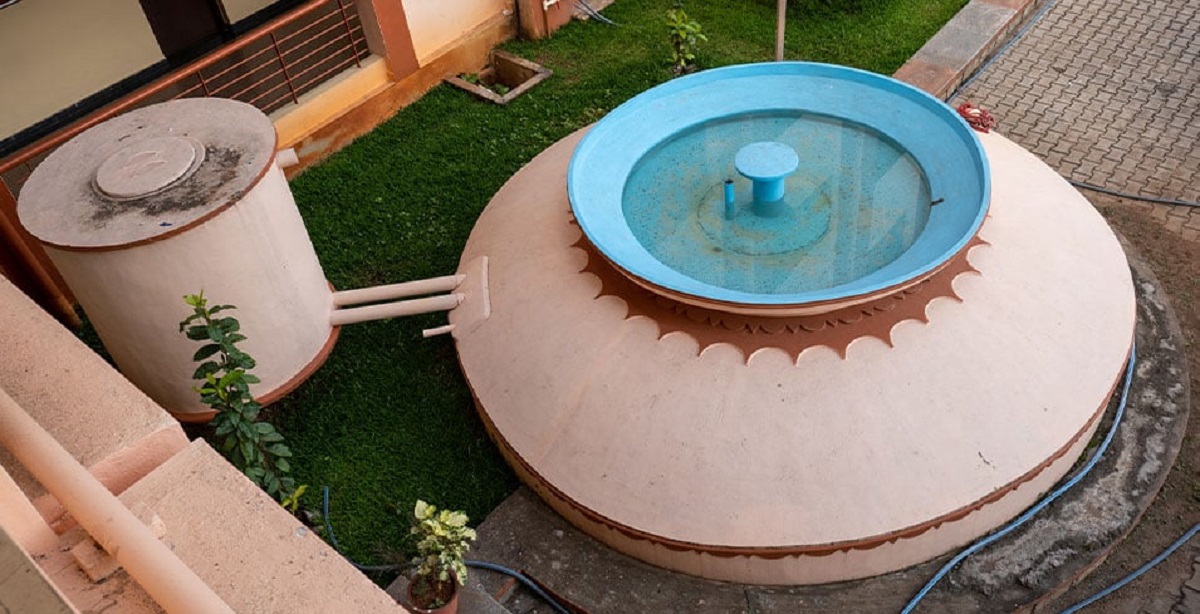
How Rainwater Harvesting Can Save Delhi
As the sun rises over Delhi, it brings with it a grim reality: water scarcity looms large over the capital city, just like the dry situation in Bengaluru. The morning temperature stands at 16°C, with a forecasted high of 29°C amidst increasing cloudiness. But the real concern lies beyond the weather – it’s about the water, or rather, the lack thereof.
When Bengalur experiences a water crisis, we confront a stark truth: Delhi’s water sources are dwindling at an alarming rate. In a video it says, ‘Our parent saw water in the river, we saw water in the well, our children in the bottle and if we don’t act now our grand will see water only in their tears’. The video stirred my conscience, depicting the transition of water accessibility from rivers to wells to bottles, serving as a poignant reminder of the urgency to act. It’s a reality check that demands immediate attention.
A recent report by the National Institute of Transforming India (Niti Aayog) forewarns that by 2030, Delhi, along with 19 other Indian cities, will face acute water scarcity. The repercussions of this crisis are dire – not only for the environment but also for the economy. According to the World Bank, water scarcity could erode India’s GDP by 6% by 2050, unless sustainable management practices are implemented.
Rainwater Harvesting as a Solution
The onus lies on us, the citizens, to initiate change. Rainwater harvesting emerges as a beacon of hope amidst the gloom. Drawing inspiration from successful implementations in Chennai, where water tables rose significantly due to mandatory rainwater harvesting, it’s time for Delhi to follow suit.
Fortunately, efforts are already underway. In 2016, the Delhi Jal Board launched initiatives to promote rainwater harvesting across the city, offering incentives such as rebates on water bills for compliance. Additionally, rain centers were established in 2020 to educate residents on the installation and benefits of rainwater harvesting systems.
Simple Steps, Big Impact
But individual actions matter just as much. Simple measures like fixing leaky faucets, using water-efficient appliances, and adopting water-saving habits can collectively make a substantial difference. It’s time to rethink our water usage patterns and prioritize conservation over convenience.
Moreover, raising awareness is paramount. By spreading the word and encouraging others to join the cause, we can foster a water-conscious community that collectively strives towards sustainability.
Looking ahead, the trajectory of our water future remains uncertain. Will water scarcity become the new status symbol, akin to the wells of yesteryears? It’s a question that underscores the urgency of our actions today.
So, let’s pledge to save water, not just for ourselves but for future generations. Let’s turn the tide on Delhi’s water crisis before it’s too late.
Your thoughts and experiences matter. Share them in the comments below, and together, let’s pave the way for a water-secure Delhi.